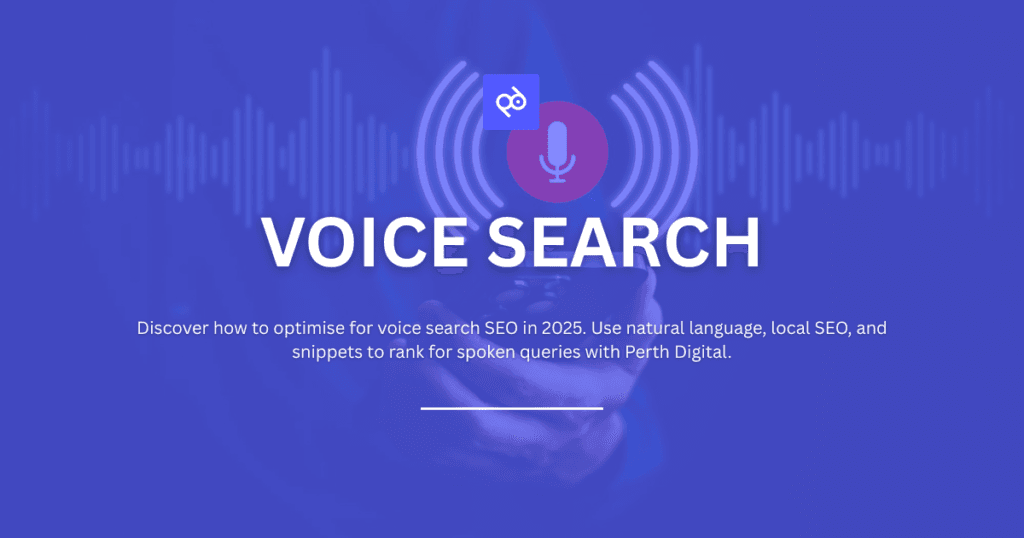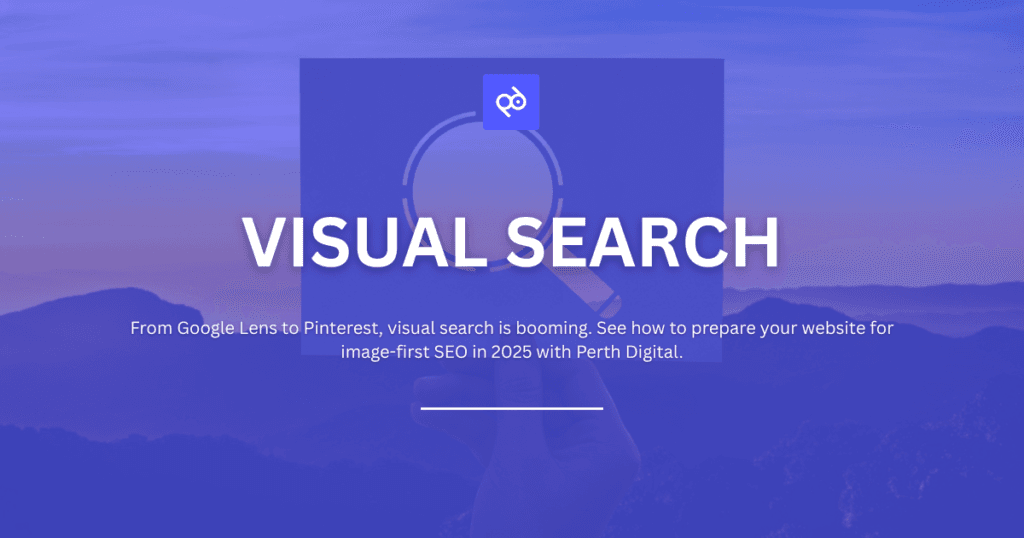If you want to succeed in SEO today, mastering search intent is essential. Ranking on Google isn’t just about keywords and backlinks anymore; it’s about understanding what users are looking for when they type a query into the search bar.
Search intent is the backbone of effective SEO. By aligning your content with Google search intent, you increase the likelihood of ranking higher, attracting engaged visitors, and ultimately converting them into customers.
We’ll break down what search intent is, why it matters, and how you can leverage it to create content that satisfies users and dominates search engine results pages (SERPs). Whether you’re new to SEO or a seasoned marketer, this deep dive will give you actionable insights to improve your search rankings.
What Is Search Intent?
Search intent, sometimes called user intent, refers to the primary goal a user has when conducting a search on Google or any other search engine. In simple terms, it answers the question: Why did someone search for this keyword?
Google’s algorithm is designed to prioritise results that best match the search intent behind a query. That means if your content doesn’t align with what users expect, it won’t rank, no matter how many keywords you stuff into it.
Understanding the different types of search intent is crucial for optimising your content effectively. There are, in total, 4 types of search intents:
- Informational intent: The user is looking for knowledge or an answer to a question.
- Example queries:
- “What is search intent?”
- “How does Google ranking work?”
- “SEO audit“
- Content types: Blog posts, how-to guides, educational videos, infographics
- Example queries:
- Navigational intent: The user wants to find a specific website or brand.
- Example queries:
- “Facebook login”
- “Ahrefs blog”
- “Yoast SEO plugin”
- Content types: Homepage, landing pages, brand-specific pages
- Example queries:
- Transactional intent: The user is ready to take action (buy, sign up, subscribe, etc.).
- Example queries:
- “Buy iPhone 15 Pro online”
- “Best deals on running shoes”
- “Subscribe to Netflix”
- Content types: Product pages, landing pages, checkout pages, comparison articles
- Example queries:
- Commercial Investigation intent: The user is researching products or services before making a purchase.
- Example queries:
- “Best laptops for gaming”
- “Ahrefs vs Semrush comparison”
- “Is Bluehost good for hosting?”
- Content types: Reviews, comparison articles, listicles, case studies
- Example queries:
Why Search Intent Is Crucial for SEO
Google’s mission is to provide users with the most relevant and useful results. If your content aligns perfectly with search intent, Google is more likely to rank it higher. Here’s why it’s crucial:
- Improves rankings: Google prioritises content that satisfies search intent. If your page matches what users expect, your rankings improve.
- Increases engagement: When visitors find exactly what they’re looking for, they stay longer, reducing bounce rates and increasing dwell time.
- Boosts conversions: Aligning content with the right intent ensures you attract the right audience, those more likely to convert.
- Enhances user experience: Search engines want to provide the best user experience. If your content delivers value and satisfies intent, users are happy, and so is Google.
How to Optimise for Search Intent
Making sure your content corresponds with what visitors anticipate when they search for a specific query is the main goal of optimising for search intent. You should think about the reason for the search and produce content that meets that demand rather than just concentrating on keywords.
You may improve your chances of ranking better and successfully engaging your audience by making sure that the format, structure, and information of your content are all in line with the intended purpose. Below are the key steps to ensure your content meets Google search intent requirements.
Analyse the SERP for Your Target Keyword
Google’s search engine results page (SERP) gives clear insights into what searchers expect. Before creating content, search your target keyword and examine:
- The type of content ranking (blog posts, videos, product pages, etc.)
- The format (how-to guides, listicles, news articles, etc.)
- Google features (People Also Ask, featured snippets, videos, etc.)
Match Content Type with Intent
Your content should align with the dominant content type on the SERP. For example:
- If informational content ranks for “What is search intent?”, don’t create a sales page, write an educational blog post.
- If product pages dominate “buy running shoes online,” create a well-optimised eCommerce page instead of a long blog post.
Structure Content for Easy Readability
Google favors content that has a good structure and is easy to consume. Follow these best practices:
- Use clear headings (H1, H2, H3) to organise information.
- Keep paragraphs short and concise.
- Use bullet points and numbered lists for clarity.
- Include visuals like images, charts, and videos to improve engagement.
Incorporate Related Keywords Naturally
Using variations of your primary keywords helps Google understand your content’s relevance. For example, if your main keyword is “search intent,” naturally include secondary keywords like:
- Google search intent
- Search intent SEO
- What is search intent?
Optimise for Featured Snippets
Google often pulls featured snippets for informational queries. To optimise for this:
- Provide direct, concise answers at the beginning of your content.
- Use structured lists and tables.
- Format definitions and explanations clearly.
Satisfy User Needs Beyond the Query
Think beyond just answering the keyword query. Anticipate follow-up questions and provide deeper insights. For example, if someone searches “SEO strategies for search intent,” also cover:
- How to track search intent performance
- Common mistakes to avoid
- Best tools for analysing intent
Tools to Help You Analyse Search Intent
Several tools can help you determine Google search intent and optimise accordingly:
- Google SERP Analysis: Manually analyse top-ranking results.
- Ahrefs & Semrush: Check keyword intent classification and competitor analysis.
- Google Search Console: Monitor keyword rankings and user behavior.
- People Also Ask: Discover related questions people search for.
- AnswerThePublic: Find common queries around your keyword.
Leverage Search Intent for SEO Success
Mastering search intent SEO is key to ranking higher and creating content that resonates with your audience. Google prioritises relevance and user satisfaction, so understanding what search intent is and how to optimise for it is critical for SEO success.
If you’re ready to take your SEO efforts to the next level, Perth Digital specialises in optimising content to match Google search intent, drive organic traffic, and increase conversions. Whether you need a full SEO strategy, content optimisation, or a tailored consultation, we have the right package for you.
Book a free consultation today and ensure your content ranks, engages, and converts like never before!



